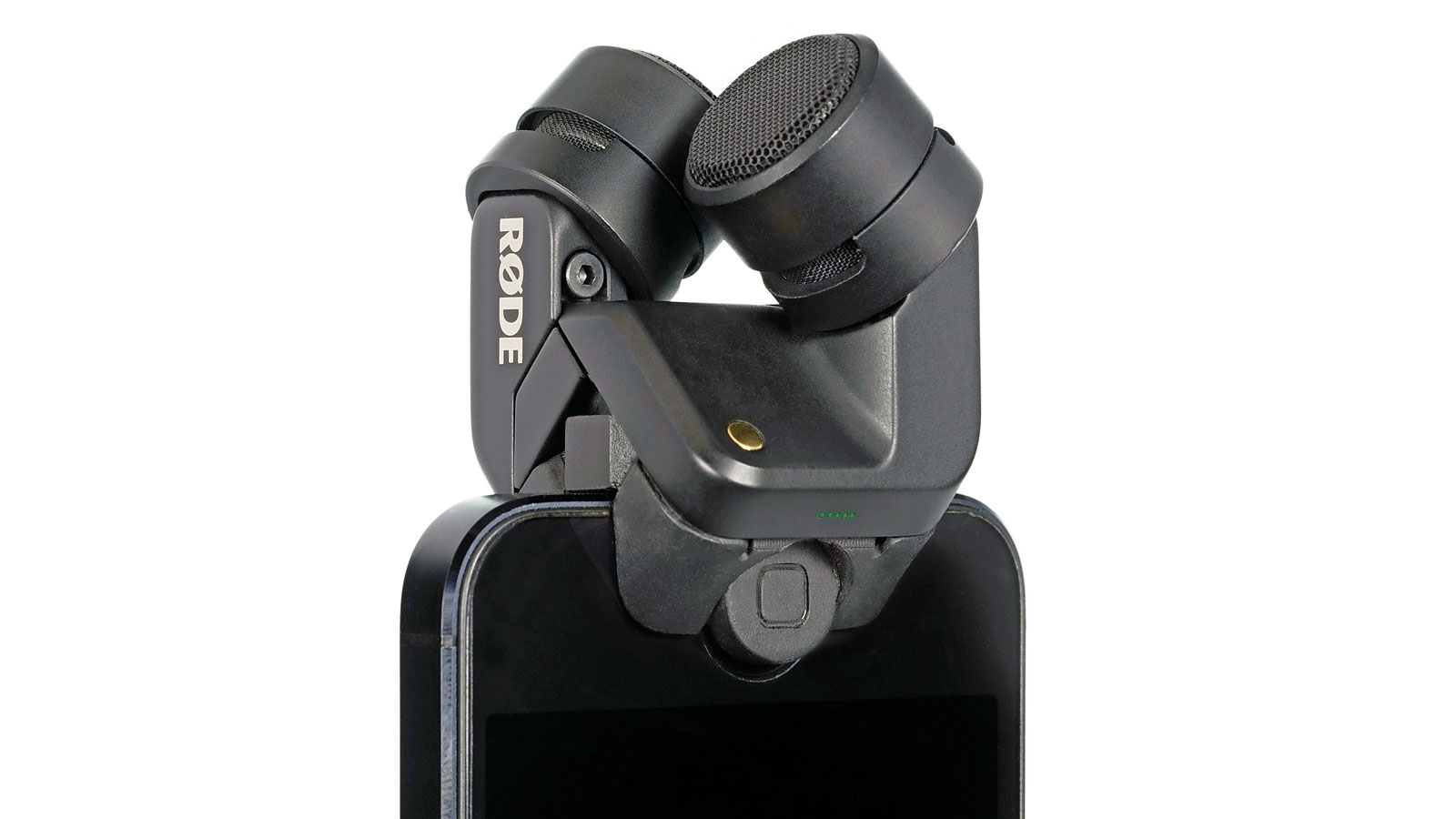13 things to do with your 'found sounds' when you get them home
Field recording processing tips

Making field recordings and collecting 'found sounds' can be great fun - and a fine way to ensure that your sounds are truly original - but what do you do with these audio clips once you've got them onto your computer?
Here are 13 things to try if you want to turn your found sounds into something finer. For more on found sound design, check out Computer Music issue 235 (Autumn 2016), which is on sale now.
1. Reamp and repeat
Want to give your field recordings instant personality? Play them through your speakers and record the signal back into your DAW with a mic! You needn't use high end kit for this - recording beats or riffs back in through your mobile phone can impart a crusty, lo-fi vibe. Layer this reamped signal with the dry copy for more flexibility.
2. Chase your tail
Instead of using the same old reverb plugin to add virtual ambience, try using reverb from the world around you. For example, record yourself clapping in an ambient space, capturing the environment's natural reverb within the audio, then isolate the sound's sustain section and layer this reverberant tail underneath a clean, dry sound.
3. Double trouble
Many microphones and field recorders only record in mono, so take a leaf out of the vocal engineer's book and double-track your found sounds for instant width. Record the same signal twice, layer up the two similar (but not identical) recordings, then pan these signals in opposing directions.
4. Time to edit
Adequate preparation encourages a fast, efficient workflow, so set aside editing time to sift through your raw audio. Chop out the best hits and sounds, fade edges to remove clicks, then render the edited sections out to a folder. This way, when you want to quickly search through your found sounds in the heat of the moment, you won't be trawling through hours of uninspiring, unedited material.
5. Clean sweep
One of the easiest transitional effects to synthesise is the white noise sweep: simply open a resonant low-pass filter over a white noise signal for the classic 'whoosh' effect. But how about using a fizzy field recording instead of the usual synthesised noise? A running tap, aeroplane or traffic sample can be just as effective for FX design.
Want all the hottest music and gear news, reviews, deals, features and more, direct to your inbox? Sign up here.
6. Sampler scientist
If you're looking to mangle found sounds, then the obvious weapon of choice is a sampler. Within a few clicks, any recording becomes an oscillator, and you can transform the audio with extreme transposition, filtering, enveloping and more. For even more weirdness, you can then apply unusual envelope shapes and looping techniques to create Matrix-style glitchy pads or bizarre granular buzzing tones.
7. Pitch-sweeping percussion
Percussive sounds start at a high pitch, before sweeping sharply downwards over the course of a few milliseconds - and you can use this approach to turn any field recording into a 'click' or 'zap' sound. Load a sustained recording into a sampler, then assign the sample's pitch to an envelope. Carefully adjust this envelope shape, so the sound sharply drops in pitch over time.
8. Layer cake
Field recordings and found sounds are the perfect ingredients for creating interesting layered creations. Stack a crusty recording of a tree knock underneath a drum machine clap to build a hybrid snare sound; or mix in a high-passed ambience bed over a synthetic pad to inject organic crispiness and texture.
9. Transpose first
Always transpose a recording up or down by several octaves, to hear how it could work as a high-pitched effect or as a shuddering rumble of noise. For example, dull percussive strikes become bright snaps when pitched up, and chattering street ambience turns into a deep, groaning bed of rumble when transposed down.
10. Well-reversed
Reversing your samples is an inventive way to transform their sound and purpose. Kicks become bass sounds when played backwards. Reversed snaps and clicks become sweeping groove emphasisers. Some samplers and editors, such as those in Reason and Ableton Live, even allow you to do the old Roni Size Roland S-760 sampler trick of playing a sound forwards and then backwards, or vice versa - ideal for spacey FX and ethereal drones.
11. Clap trap
When armed with a mic or field recorder, authentic multi-layered claps are only a few moves away. First, record yourself clapping over and over again, then chop out each clap and layer four to 12 of them on different audio tracks. Adjust the timing and pan position of each clap to create groove and width, then group all of the channels to a single bus and glue the layers together with compression.
12. Warp and stretch
Although your DAW's warping or timestretching algorithms are designed to facilitate minute, transparent timing adjustments, the artefacts generated when pushing these algorithms to extremes can add unique character to textured ambience recordings or crusty kitchen scrapes. Try crazy stretching software such as Akaizer or Paulstretch for even wackier results.
13. Gate expectations
Complex field recordings usually have a broad dynamic range, meaning there will be a big difference between the loudest and quietest sounds within the recording. Try using a noise gate to isolate only the loudest, closest raindrops within a recording of a thunderstorm - and try hitting the gate's Invert or Flip button, which will invert the effect to isolate the bed of noise sitting below the gate's threshold.
Computer Music magazine is the world’s best selling publication dedicated solely to making great music with your Mac or PC computer. Each issue it brings its lucky readers the best in cutting-edge tutorials, need-to-know, expert software reviews and even all the tools you actually need to make great music today, courtesy of our legendary CM Plugin Suite.
